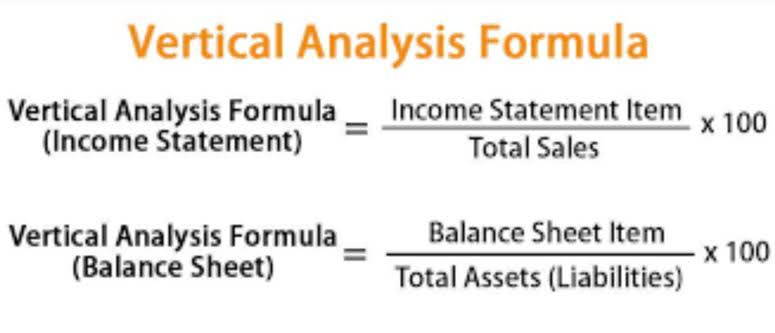
Using an inventory tracking software/system is the most efficient inventory tracking method as it ensures greater transparency and accuracy than other methods. As a business scales, spreadsheet-based inventory tracking systems are typically replaced by software to save time, improve operational efficiency, and https://www.bookstime.com/ increase inventory accuracy. The four types of inventory include raw materials, work-in-process (WIP), finished goods and maintenance, repair and overhaul (MRO). Understanding each type will help you better optimize your inventory management operations and account for each step in the production process.
Meet customer demand

Traditional methods, such as spreadsheets, may have been the go-to solution in the past, but they have notable limitations when managing inventory. For one, spreadsheets cannot provide real-time updates, making supply chains more prone to costly errors like stockouts or overstocking. Shrinkage is an unfortunate reality in the retail industry, representing the difference between recorded and actual inventory.
- If an emergency procurement needs to be done, then inventory managers would need to consult separate spreadsheets to contact the relevant supplier which can delay the order process.
- With a user-friendly interface, managers can also design custom dashboards and set particular metrics to track over time.
- Centrally located, our warehouses are ideally situated to give you access to your inventory in a secured location.
- Demand forecasting is the act of accurately predicting future demand for your products and is something every business should do.
- While there are others, those are the four most common methods used to manage inventory.
- Efficient inventory management means you spend less time dealing with stock issues and more time growing your business.
Manual vs. Automated Tracking
To have a successful JIT inventory business, you’ll need proper forecasting of needs and close relationships with dependable suppliers. For example, an inventory tracking system automatically records everything you need to keep adequate stock levels and capture every sales opportunity. These systems also help you learn how to keep track of inventory by providing you with a roadmap of best practices.

Get in touch with an expert. Talk with sales.
It enables precise demand forecasting, helping businesses anticipate customer needs and adjust inventory levels accordingly. Radio frequency identification chips (or RFIDs) are individual microchips that you embed into each product, allowing you to track inventory data in real time. RFIDs save businesses time as the most efficient tech for inventory control, since they go into products during manufacturing. However, RFID technology requires the most expensive inventory tracking software to implement and is often impractical for small businesses.

Solidifying a proper inventory tracking system can be the difference between a failed warehouse and one that runs like a well-oiled machine. To begin tracking and managing inventory, you’ll need to get an official count of your current inventory tracking methods stock. You can use any method you want to get this number—for instance, taking a physical inventory count, a bar code scanner, or RFIDs. When you partner with a 3PL, you can automate your entire ecommerce fulfillment process.
- Familiarize yourself with various inventory tracking methods, as mentioned earlier (e.g., ABC analysis, JIT (Just in Time), FIFO (First In, First Out), perpetual tracking, etc.).
- If, however, you continue to find wide discrepancies in the figures, evaluate your processes for potential points of counting inaccuracy, damage, loss, or theft.
- It has since been phased out of most warehouses, but in the event of an outage, it is often necessary to continue tracking while systems are down.
- Inventory management systems, or inventory software, are computerized solutions that help businesses track, organize, and oversee all of their inventory and inventory-related processes.
- Streamlining inventory management has never been easier, thanks to Knack’s no-code app-building platform.
- Since inventory tracking software is a costlier investment that new and small businesses may not be ready to take on, manual tracking provides a cost-efficient alternative.
AccountingTools
- The inventory management process is the portion of supply chain management that handles the recording, tracking, ordering and selling of products.
- Here are some common examples of inventory in accounting and key considerations for each approach.
- To appreciate the significance of inventory tracking, it’s important to understand its role in business success.
- One of the more commonly used inventory tracking methods is outsourcing to a third-party logistics business.
- Not only does it affect you (and your financials), but it also involves several other stakeholders, from customers to suppliers.
- With access to historical data and trends, 3PL providers can assist businesses in demand forecasting and inventory planning.
Each method has its advantages and disadvantages, depending on the needs, budget, type, size, and scale of your business. You need to know exactly what’s available – and what isn’t – so that you can make the right purchasing decisions and avoid disappointing customers. Working out landed costs is challenging; although your suppliers and customs brokers invoice you promptly, transport providers regularly take several weeks to send you a bill. Learners are advised to conduct additional research to ensure that courses and other credentials pursued meet their personal, professional, and financial goals. This minimizes the risk of perishable goods expiring and the likelihood of holding obsolete items. Since these methods are very simple and straightforward and don’t use a complex system, they’re easy to understand and require very little training to learn how to be used.
benefits of inventory tracking for your business
Optimize stock control with Zoho Inventory
Advantages of manual inventory tracking
